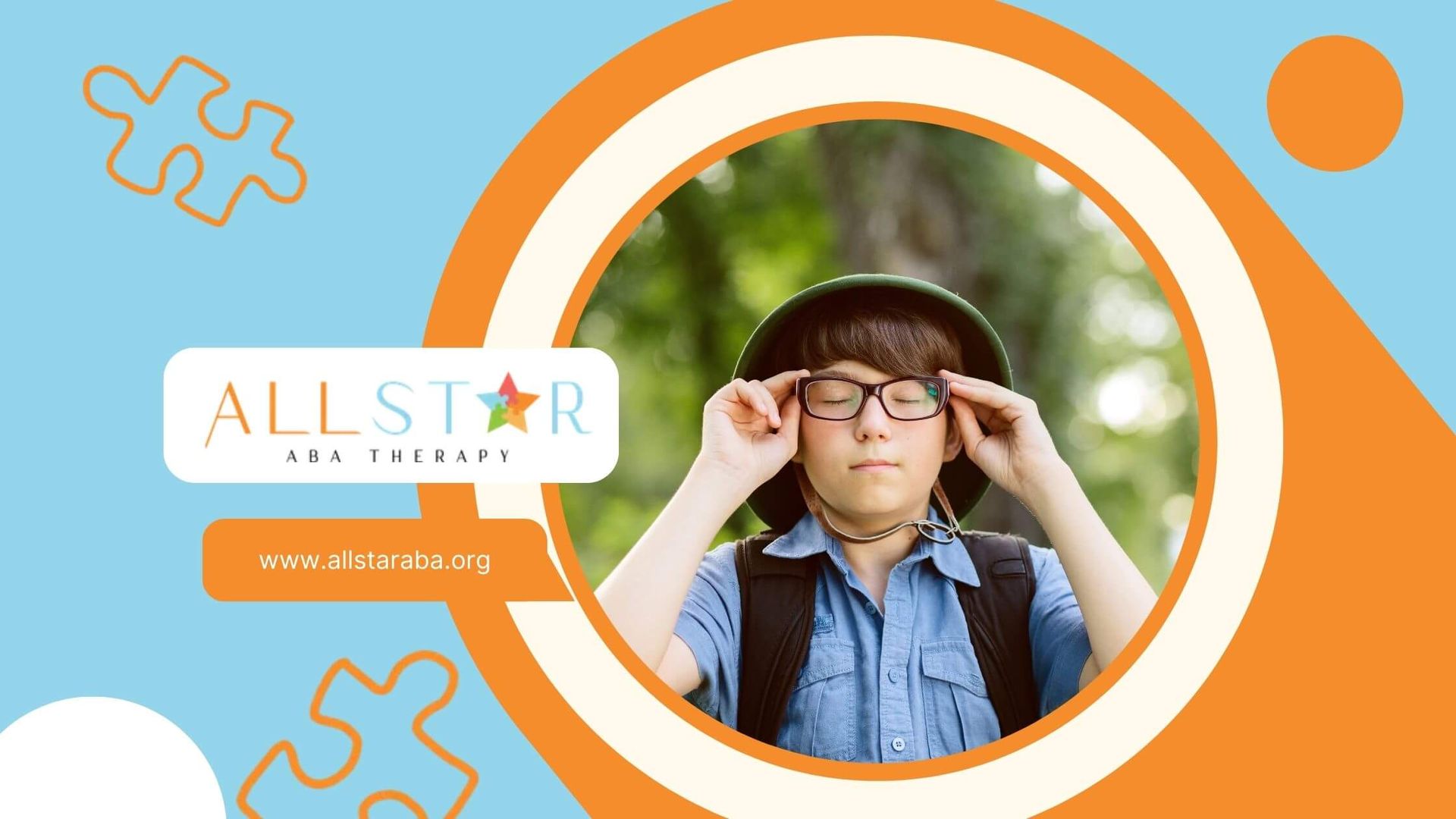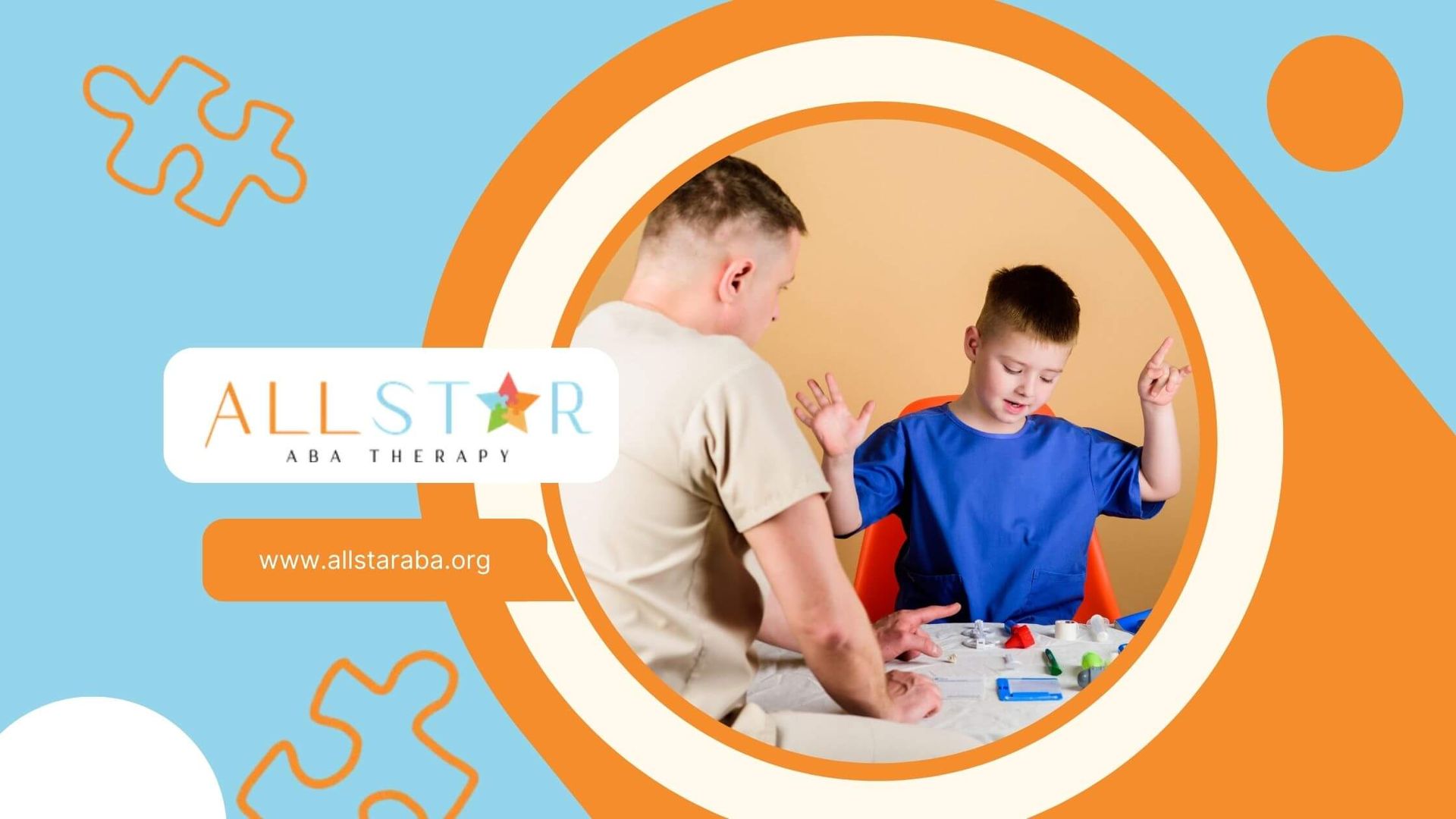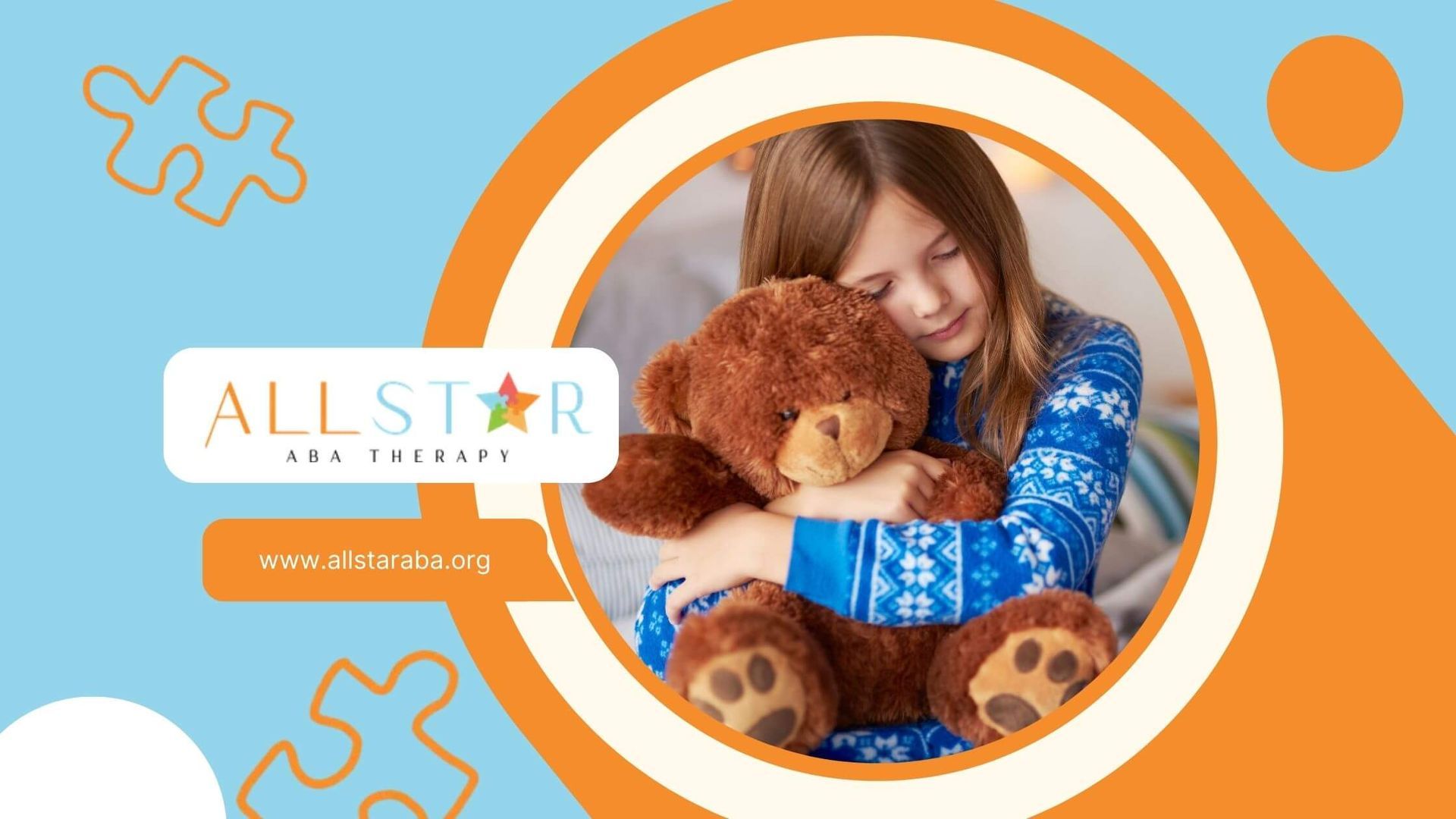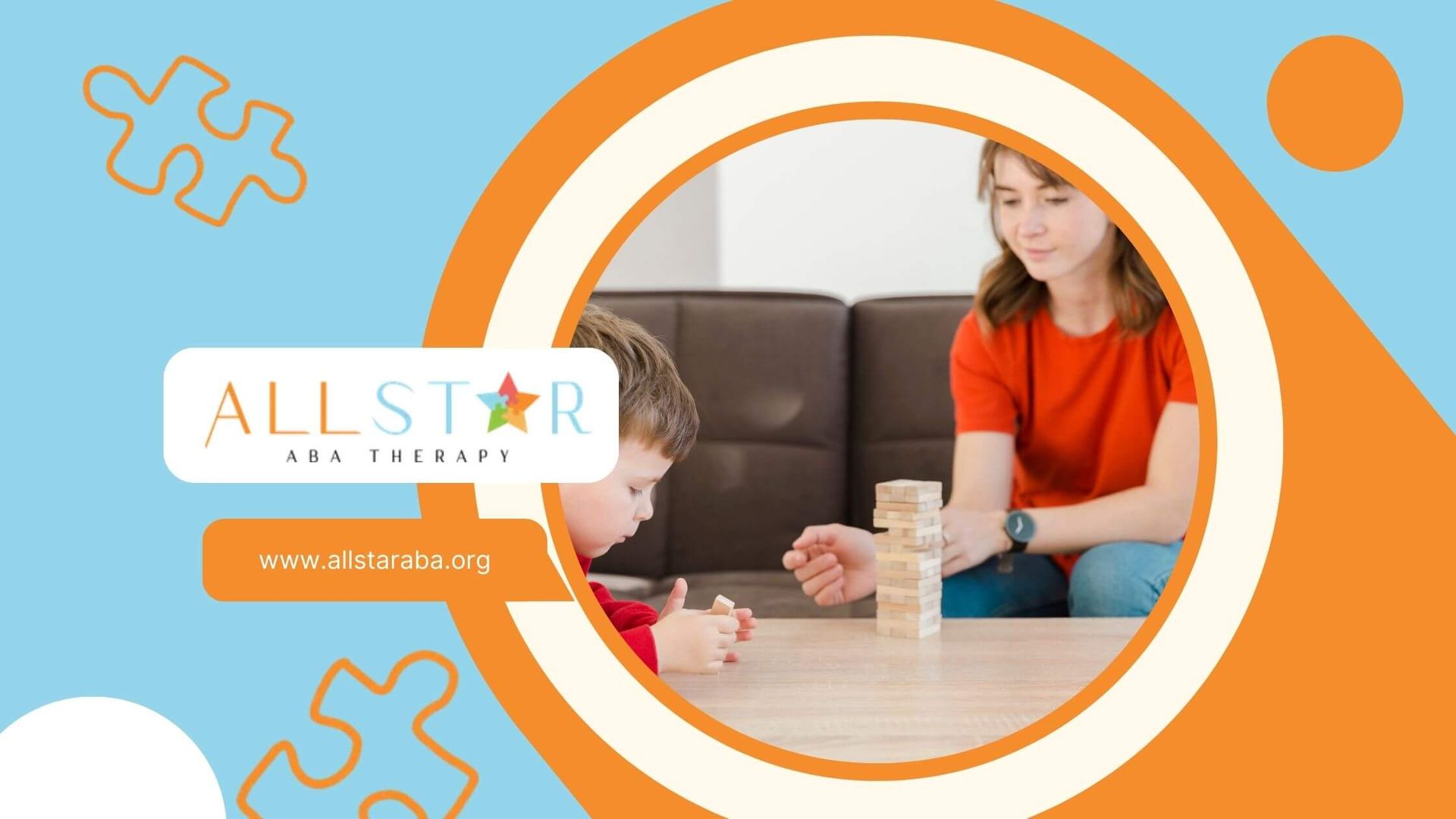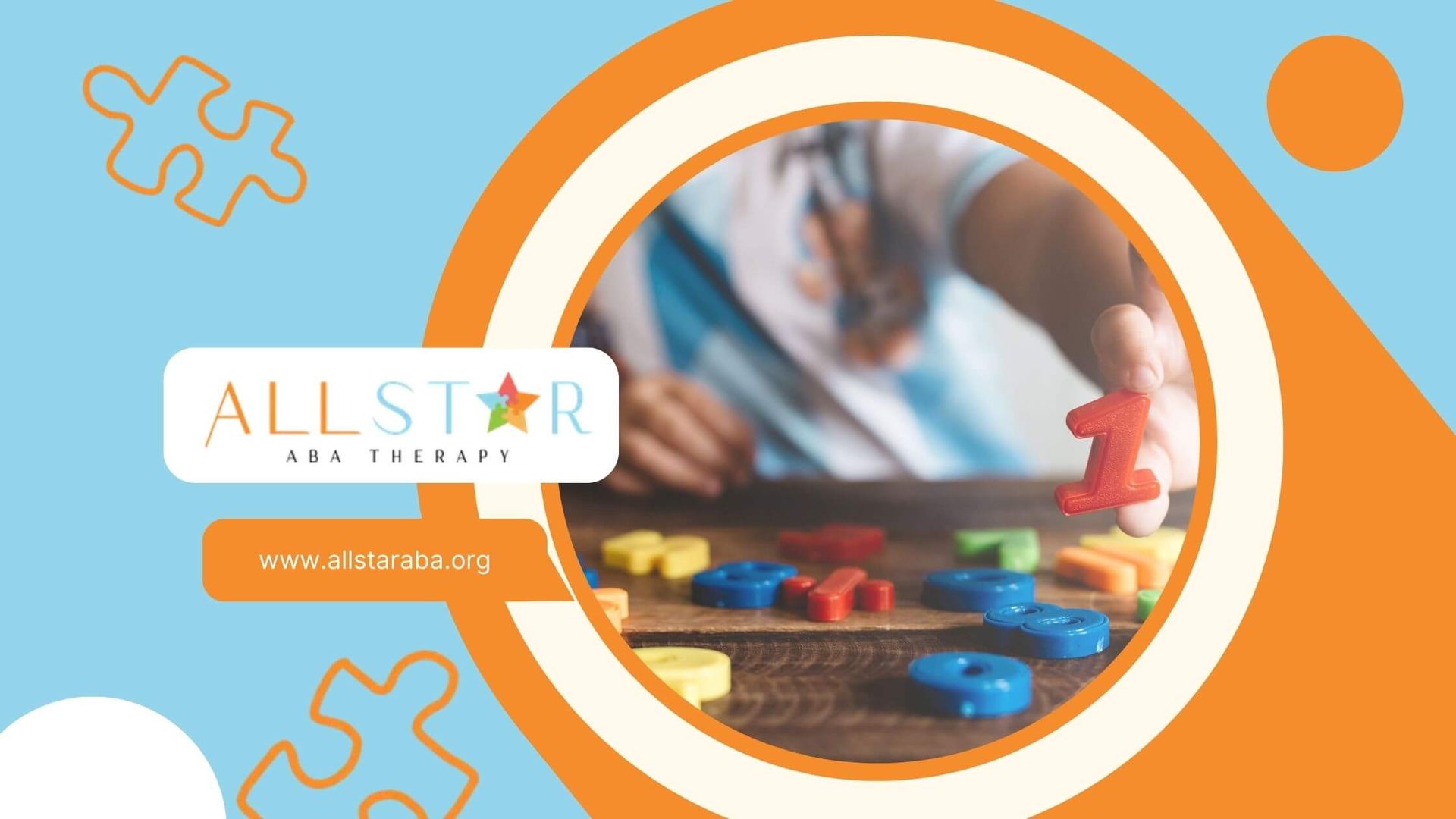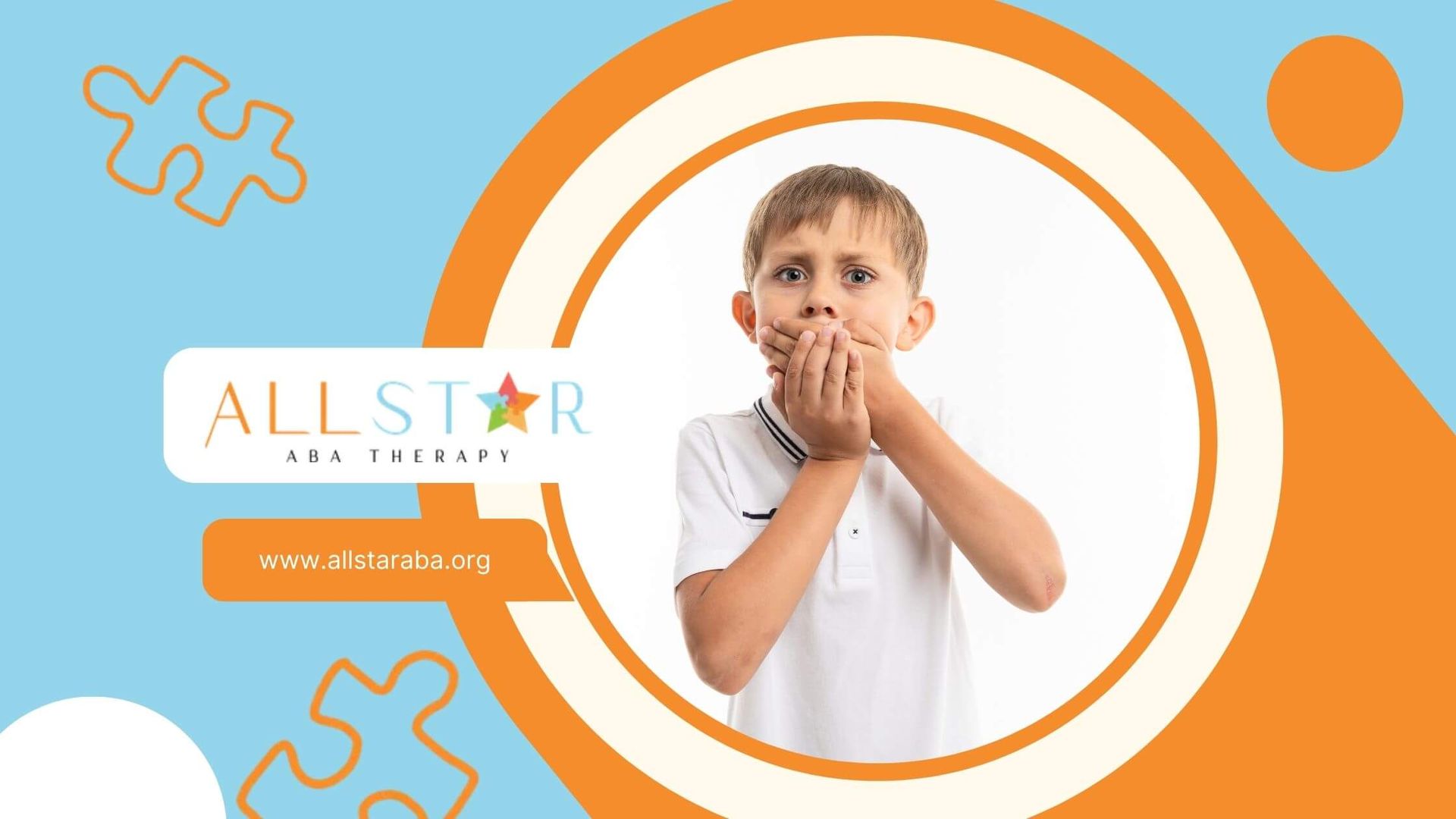New Paragraph
How to Get Started with ABA Therapy: A Beginner’s Guide
Starting ABA therapy for kids can feel like a lot. At the same time, it can help in big ways. Applied behavior analysis, also known as ABA therapy, utilizes proven techniques tailored to the unique needs of each child. This kind of behavior analysis is made for the unique needs of children, including those on the autism spectrum.
The main goal of ABA therapy is to find out which things in the child’s environment affect their actions. Then it works to change those actions. At the same time, it helps kids improve their communication skills, foster better social interactions, and become more independent. Parents are a big part of making ABA therapy work. When parents stay active in the process, the child can improve for a long time.
Let’s take a look at how this helpful therapy can work and see what you need to do to start.
What is ABA Therapy?
ABA therapy uses ways based on behavior analysis to help change problem behaviors and support good ones. Therapists learn how a person acts in their world. They look at what is going on that makes them act in certain ways. Then they use things like discrete trial training or token economies to make sure they get real results with the child.
This method is very organized. It needs help from facts and numbers to watch how things are going all the time. That way, there is proof that the ABA techniques are helping. It does not matter if the child is having trouble talking or needs to better adjust to new things. ABA therapy works by using plans made just for your child’s needs. This helps a lot with their growth and learning over time.
Key Principles of Applied Behavior Analysis
The basis of applied behavior analysis is to see how changes in the environment can make people act in different ways. Positive reinforcement is an important part of this kind of behavior analysis. When you want your child to pick up good habits, you give them something they like each time they do the right thing. You can use praise, tokens, or something small your child wants as a reward.
Discrete trial training is also a helpful way in applied behavior analysis. It helps to teach big or hard skills by breaking them into small and easy steps. This works well for children on the autism spectrum. In each trial, your child works on one task, which helps them learn slowly and build up their new skills over time.
Certified behavior analysts are there to help therapists with these ideas. They make sure what your child is doing matches what the child can do and needs to work on. They keep checking and changing the plan so your child’s learning works in the best way. Using these ways in behavior analysis helps children and their families deal with many different challenges by giving them what works best for them.
Common Myths and Facts About ABA Therapy
ABA therapy often gets misunderstood, and this can keep families from getting this good treatment. Here are some common myths:
- Myth: ABA therapy is only for children with autism. Fact: While you mostly see it with autism spectrum disorder, ABA techniques can help people with all kinds of developmental disorders.
- Myth: Challenging behaviors will disappear overnight. Fact: ABA is a process. It takes consistent effort and time to see lasting changes.
- Myth: Therapy is rigid and robotic. Fact: ABA therapy is not the same for everyone. It is customized, flexible, and uses fun techniques like pivotal response training.
- Myth: ABA is harmful and doesn’t respect the child’s dignity. Fact: Experts in ABA therapy follow strict rules that make sure every treatment is kind and supports each child.
Letting go of these myths is important. It can help families see the good change that ABA therapy can make when done the right way.
Who Can Benefit from ABA Therapy?
ABA therapy is a good tool for kids who have autism spectrum disorders or other developmental delays. This help is there to make social, communication, and problem-solving skills better. These are big parts of their daily life.
Kids with other developmental disorders can also benefit. ABA techniques can be used to deal with trouble in learning or behavior. The therapy works to fit each child’s needs. This way, it makes sure every step in a child’s growth matters. These programs support learning and help kids get the most out of their skills.
Age Groups and Conditions Supported
ABA services cater to a broad range of age groups and developmental conditions. While primarily focused on children, its personalized programs extend to teenagers and, in some cases, adults facing behavioral challenges. Below is a detailed table outlining the support:
| Age Group/Conditions | ABA Techniques Used |
|---|---|
| Young Children (2-6 years) | Discrete Trial Training, Pivotal Response Techniques |
| School-Aged Children (7-12 years) | Applied social skills training, academic behavioral programs |
| Adolescents (13-18 years) | Adaptive behavior improvements, communication skill-building |
| Developmental Disorders | Addressing developmental delays through adjusted ABA approaches |
| Autism Spectrum Disorder | Individualized ABA programs targeting challenging behaviors |
These tailored services ensure productive outcomes across diverse age and condition categories.
Signs Your Child May Need ABA Therapy
Noticing early signs can help you know if ABA therapy may be good for your child. Look for these things:
- Social challenges: The child has a hard time getting along with other people or finds it tough to keep friends.
- Challenging behaviors: There are more cases of tantrums, acting out, or hurting themselves.
- Problematic behavior: The child does not like changes in daily routines or new places.
- Learning delays: The child finds it hard to talk, take care of themselves, or understand school ideas.
If the child shows one or more of these, ABA therapy might give them good support. This therapy is made to focus on your child’s needs and helps them reach growth steps in a careful way.
Preparing to Start ABA Therapy: What You’ll Need
Getting ABA therapy started takes a bit of planning to make sure things go well. First, find an ABA provider who has a lot of experience and cares about giving personal support. You also need to build a good partnership and always use open communication with your team—this is important during the whole ABA therapy journey.
You will need to get some paperwork ready. This can include medical checkups or insurance info. It is also important to talk with everyone involved so you can all work toward clear goals. Being prepared will help your child have the tools for a good start to their ABA therapy journey.
Necessary Documentation and Medical Assessments
Getting the right paperwork together is an important step when you start ABA therapy. The things you need may include:
- Medical history records so you can see your child’s main steps as they grow.
- Autism diagnosis documentation from your doctor to show that your child can get therapy.
- Insurance details and policy papers to check what is covered and what is not.
- Educational plan documents help connect school plans with therapy goals.
When your child’s doctor does medical checks, it helps show if ABA therapy is needed. Getting these papers ready makes the first meetings simple and helps ABA sessions move along well.
Choosing the Right ABA Provider and Team
Choosing the right ABA provider gives your child quality care. Here are some things to look at:
- Make sure the ABA provider has board-certified behavior analysts who have good experience.
- Check testimonials and reviews. These can give you valuable insights into the provider’s care standards.
- Ask if ABA therapy can be done at home or in a center. Flexible options can help.
- See if they can make a personalized treatment plan. The plan should match your child’s progress.
Picking the right ABA provider can make a significant difference in your child’s ABA therapy. This important step helps give them a strong start with effective treatment and supports their progress with a good treatment plan.
Step-by-Step Guide: How to Begin ABA Therapy
Starting your ABA therapy journey involves a few clear steps. First, a behavior analyst will do an initial assessment. During this time, the analyst will watch your child to see what challenges and strengths there are in their development.
With information from this evaluation, your team will make a treatment plan set up for your child’s needs. The ABA therapy sessions will be planned, which helps your child keep making progress. It is also important for parents to have active participation. When everyone works together, your child can reach their developmental goals.
Step 1: Initial Consultation and Evaluation
The first step for ABA therapy is to do an initial assessment. A board-certified behavior analyst will watch and work with your child. This is done to see what your child needs most.
The data from this meeting is used to create goals for your child. These goals often focus on social, communication, and behavioral areas. The behavior analyst will pay attention to challenging behaviors like aggression or not following directions. This helps to make a treatment plan that your child can reach.
In this evaluation, parents can talk about their child’s routines, what they like, and what they find hard. Sharing this information helps make ABA therapy services more complete.
Step 2: Developing a Personalized Treatment Plan
After the initial assessment, a personalized ABA program is made for your child. The behavior analyst sets up goals that focus on where there is room to grow and also build on the strengths your child already has.
The treatment plan breaks progress into small steps. This makes it easier to track your child’s progress. Some of the most common goals are to help your child adjust to daily routines, improve social interaction, and help lower disruptive behaviors.
Working closely with you and your family is important. This makes sure the ABA therapy matches your family's values and what matters to you most. Your child’s ABA therapy journey will follow this personalized treatment plan as a guide.
Step 3: Understanding Session Structure and Parent Involvement
ABA therapy sessions help children learn in the best way by using set routines. In each session, there are different tasks, but many of them focus on helping the child talk, solve problems, or improve important skills.
Parent involvement makes this process stronger through training sessions. During these, parents learn what tools they can use to help their kids build good habits, even when therapy is over. This is key to being steady and giving their child regular support.
When parents take part in these training sessions and show active participation, they can help even more. This support helps their kids grow in the long run. Parents who use these strategies at home boost their child’s ability to use what they learn in therapy in other parts of life, too.
Conclusion
To sum up, starting with ABA therapy can change a child’s life and help their family, too. When you know the basics and get ready ahead of time, the whole process can go much better. It is good to see the signs that show when someone might need ABA therapy. Having the right team and support helps make sure that everyone gets the most from it. Every child is different, so the treatment plan needs to fit what works best for your child. If you want to get started or need help, you can ask for a free talk to see how ABA therapy may help you and your family.
At All Star ABA, we understand that beginning the ABA therapy journey can feel overwhelming, and this beginner's guide aims to simplify that first step. As your premier ABA provider, we are here to walk alongside your family, transforming initial uncertainties into clear, confident progress. Our compassionate and expert team guides you through every phase, from initial consultation and assessment to personalized program development and ongoing support. Choose All Star ABA to experience a seamless, empowering start to therapy, where every child is treated like an all-star, destined for incredible achievements.
Frequently Asked Questions
What should I expect during my first ABA session?
During the first session with the ABA therapist, your child will get to meet the therapist and start building trust. The therapist will look at their behaviors to know what they need. An initial assessment will help point out what the child does well and where they need help. There will also be open communication with you. The therapist will share details on the treatment plan and talk with you about setting goals for your child’s therapy.
Does insurance typically cover ABA therapy in the United States?
Yes, many insurance providers do cover ABA therapy services. This is most often the case for people who have an autism diagnosis. It is important to check with your insurance provider about your plan details. Find out about co-pays, hour limits for therapy, and their rules about paying you back. Doing this makes it easier to plan your money for the year.
How long does it take to see progress with ABA therapy?
Progress tends to happen slowly, often over many weeks or months. Regular meetings with therapists help with this. Keeping an eye on specific behaviors also plays a big role. Consistent therapy sessions add to the improvement as well. Each child’s progress is different. It depends on what challenges they have and how strong the therapy program is.
Sources:
https://www.autismspeaks.org/applied-behavior-analysis
https://mycri.org/service-lines-cri-disability-mental-health/getting-started-with-aba-therapy-a-step-by-step-guide
https://gsep.pepperdine.edu/blog/posts/debunking-7-common-myths-about-aba-therapy.htm
Need Support?
We're Here to Help!
Our experienced team is ready to assist you. Reach out today to discuss how we can support your child's development and well-being.
Get started with expert ABA therapy today.



